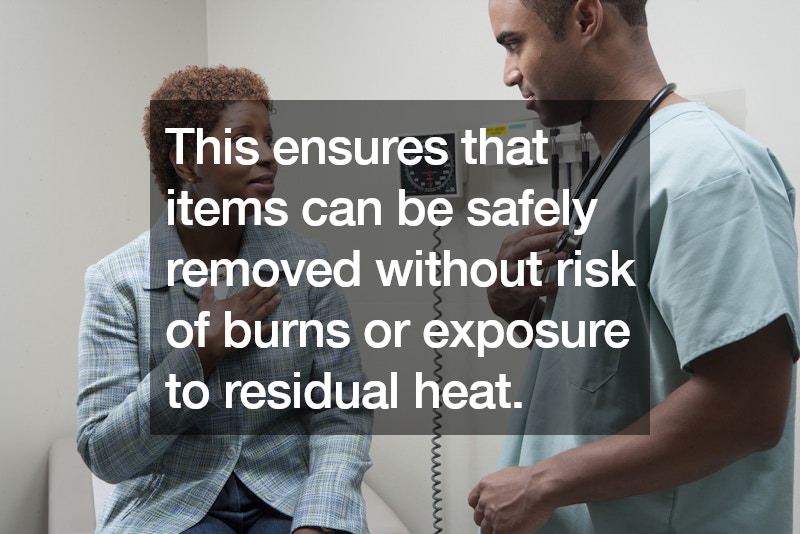Autoclave sterilizers are essential tools in medical, laboratory, and industrial settings for effectively sterilizing equipment and materials. Understanding how autoclaves work and their applications is crucial for ensuring safety and hygiene standards.
Autoclave sterilizers use high-pressure steam to kill microorganisms, including bacteria, viruses, and fungi, by exposing them to temperatures typically ranging from 121 to 134 degrees Celsius (250 to 273 degrees Fahrenheit).
The combination of heat and pressure penetrates materials and effectively deactivates pathogens, making autoclaves highly reliable for sterilization.
In medical settings, autoclaves are used to sterilize surgical instruments, medical devices, and laboratory equipment before use. This process helps prevent the spread of infections and ensures that medical procedures are conducted under sterile conditions.
In laboratories, autoclaves sterilize glassware, media, and other materials used in experiments to eliminate any potential contaminants that could affect research outcomes or compromise experimental results.
Industrial autoclaves are employed in various manufacturing processes where sterile conditions are critical, such as in pharmaceutical production, food processing, and aerospace industries. They ensure that products meet stringent safety and quality standards by eliminating microbial contamination.
Operating an autoclave involves loading the items to be sterilized into the chamber, ensuring proper placement and spacing to allow steam to circulate effectively. The autoclave is then sealed, and the sterilization cycle is initiated, typically controlled by automated settings or manual adjustments based on the material being sterilized and the desired level of sterilization.
Once the sterilization cycle is complete, the autoclave releases steam and pressure before allowing the chamber to cool down. This ensures that items can be safely removed without risk of burns or exposure to residual heat.

Overall, autoclave sterilizers are indispensable tools in maintaining cleanliness, safety, and quality across various industries where sterilization is paramount.
